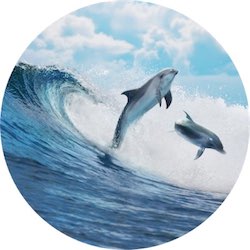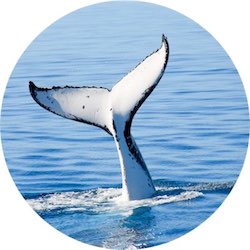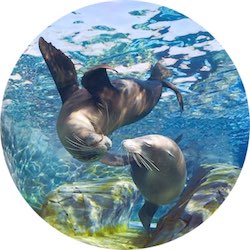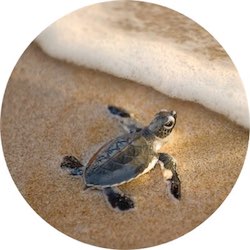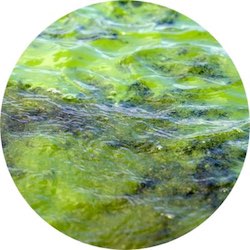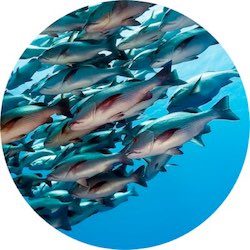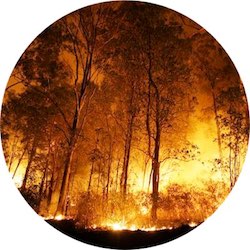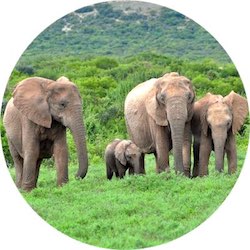OUR WORK
Greenpeace Foundation exists to take positive, well-researched Direct Action to solve environmental crises.
In addition to our traditional campaigns protecting ocean wildlife from direct destruction, we are now engaging with the effects of the Anthropocene mass extinction, and the ways in which our planet will change irreversibly if we don’t alter “business as usual”. Have a look through the campaigns below, and get involved with taking a stand for the earth.
Ocean Wildlife Campaign
The CO2 Campaign:
Future of the Oceans
The CO2 Campaign:
Future of Terrestrial Life
The 6th Mass Extinction
The USA’s oldest and original Greenpeace, proudly unaffiliated with Greenpeace USA


